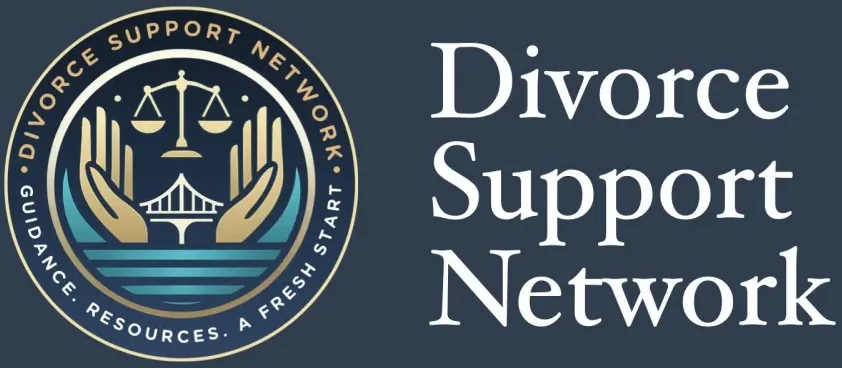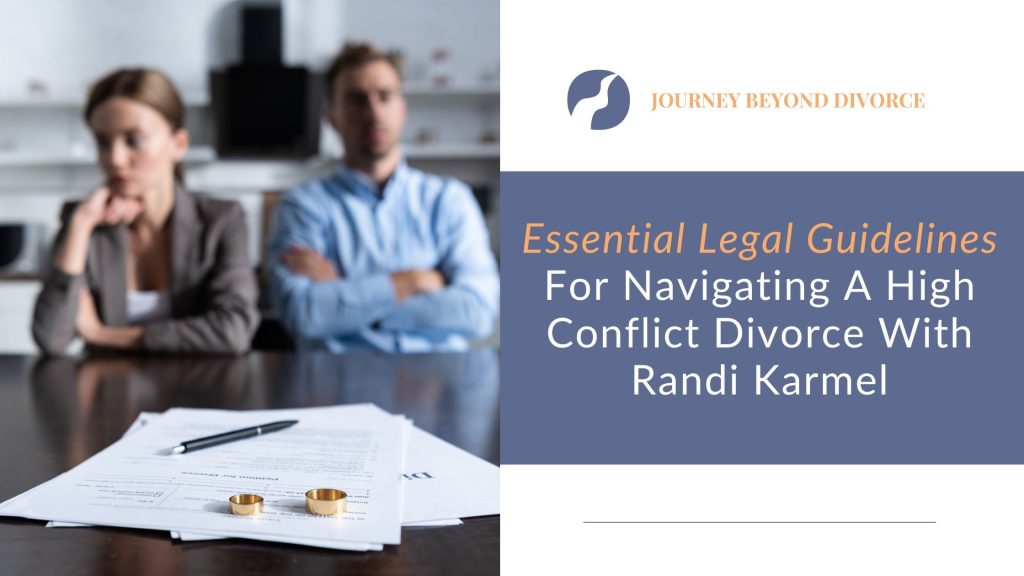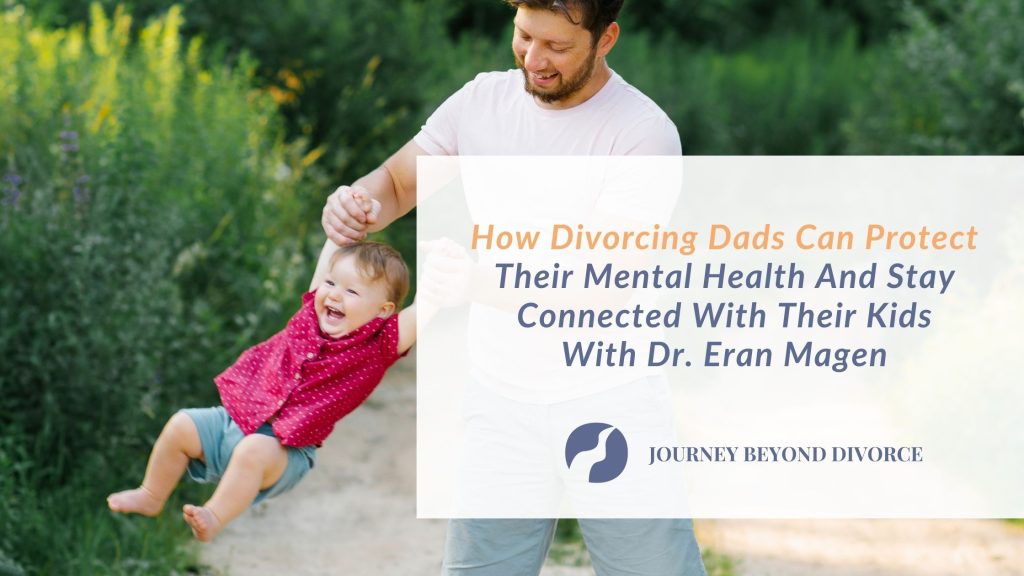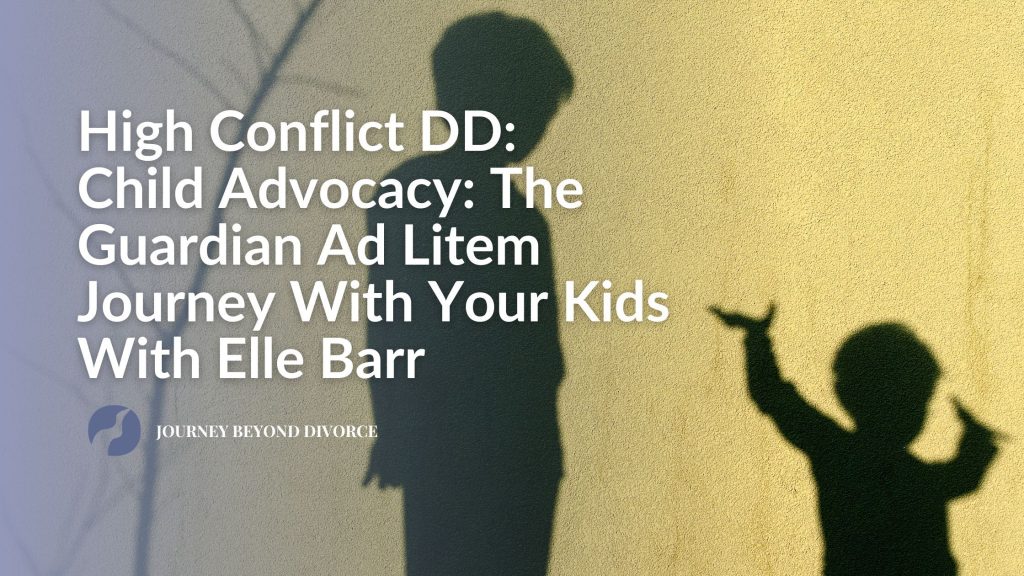How to Start the Divorce Process: A Step-by-Step Guide

Deciding to get a divorce is one of the biggest decisions you’ll ever make. For some people, it’s a slow, painful realization. For others, it’s a moment of absolute clarity. No matter how you got here, starting the process can feel overwhelming. The legal steps, the emotional toll, the fear of the unknown — it’s a lot. But here’s what we want you to know: you don’t have to do everything at once, and you don’t have to do it alone.
Before anything else, take a moment to think about what you need from this next chapter of your life. That could mean peace, safety, independence, stability for your kids, or simply a chance to breathe again. This isn’t just a legal change. It’s an emotional shift, a life pivot. Give yourself time to reflect, to grieve, to get grounded. Whether you journal, speak with a therapist, or confide in a trusted friend, know that this part matters too.
Once you’ve made the decision, it helps to understand what kind of divorce might be right for you. Not all divorces look the same. If you and your ex are on the same page about most things — like dividing property or sharing custody — you may be able to file for an uncontested divorce. This is often faster, simpler, and less expensive. If you don’t agree, or if communication has broken down completely, then a contested divorce may be necessary. Some couples choose mediation, where a neutral third party helps facilitate a fair agreement. Others go the collaborative route, working with attorneys who are trained to help both parties avoid court and reach a resolution together. Every situation is different, and there’s no one right way. The most important thing is to choose the approach that makes sense for your safety, your goals, and your peace of mind.
Once you have a sense of what path you’re taking, it’s time to get organized. That starts with gathering the basic documents: proof of income like pay stubs and tax returns, bank account information, credit card statements, mortgage or lease agreements, and any paperwork related to children, such as school records or medical needs. You don’t have to tackle it all at once, but having this information ready will make things smoother down the line. Getting financially prepared also gives you a clearer picture of what you’re working with and what you might need.
Talking to a lawyer is a smart next step — even if you think things will stay civil. A consultation doesn’t mean you’re declaring war. It means you’re getting the facts. A legal professional can help you understand your rights, walk you through the filing process, and flag any areas where you might need protection or clarity. If cost is a concern, look for local legal aid organizations or attorneys who offer sliding scale rates. Some states even offer free legal clinics or online resources to help you understand your options.
Finally, and maybe most importantly, take care of yourself. Divorce can shake every part of your identity — your role in your family, your finances, your sense of home. It’s exhausting and emotional, and you deserve rest, support, and compassion along the way. That might mean therapy, long walks, comfort food, time with friends, or simply giving yourself permission to cry. You’re allowed to feel everything. You’re allowed to fall apart and rebuild. This is hard, but it doesn’t mean you’re broken. It means you’re growing.
If you’re just starting this journey and you don’t know where to turn, Divorce Support Network is here for you. We connect you with resources, professionals, and people who’ve been where you are. We help you feel less alone — and more equipped to handle whatever comes next.
Because divorce is hard. But done right, it can also be the start of something stronger, calmer, and more aligned with who you really are.





